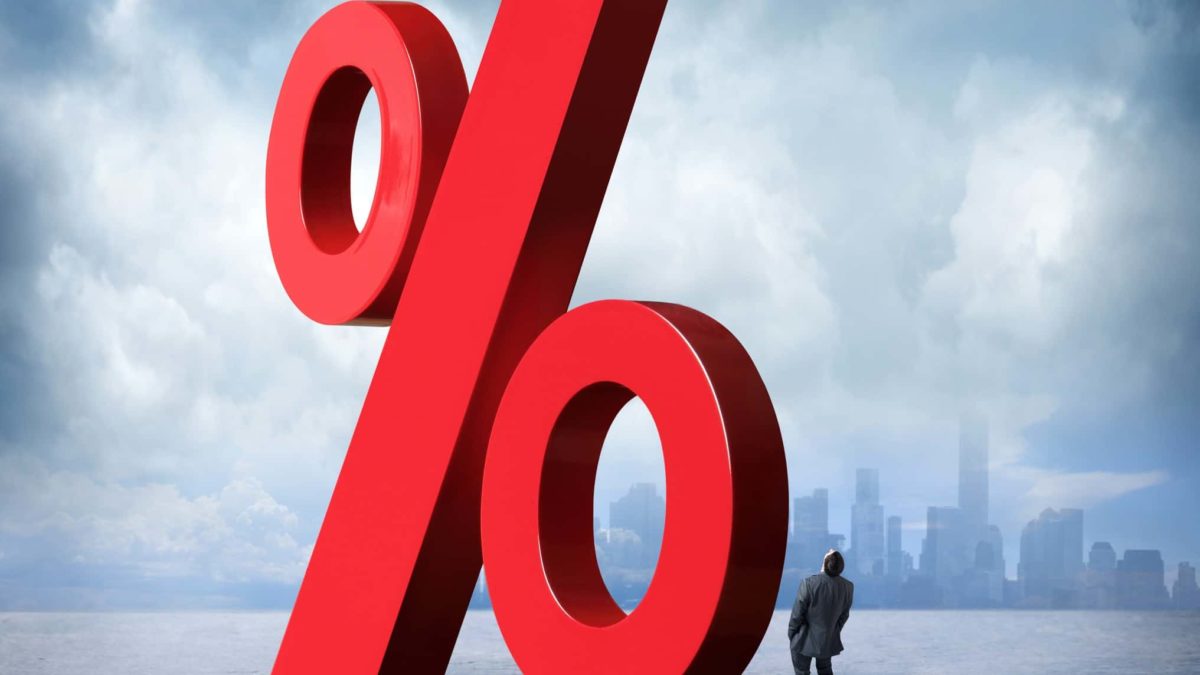The S&P/ASX 200 Index (ASX: XJO) is up 0.7% heading into the lunch hour.
The ASX 200 slid immediately following the release of the Reserve Bank of Australia's minutes. But it's since recouped that lost ground as investors appear more tuned into company earnings season than inflation concerns today.
Two weeks ago, the RBA hiked rates for the fourth consecutive month in a row. That followed on a period of more than 10 years without a single increase. A period where inflation was often said to be 'stubbornly illusive'.
With the latest 0.50% increase, Australia's official cash rate now stands at 1.85%. The interest rate on Exchange Settlement balances, lifted by 0.50% on 2 August, is now at 1.75%.
The ASX 200 is up 1.5% since the 2 August rate hike announcement.
Here's what today's minutes reveal.
Rising inflation top concern
RBA board members noted that inflation in many nations had reached the 7% to 10% range.
The board expected inflation in Australia to peak later and higher than it previously thought, but added that "measures of longer-term inflation expectations had declined".
The RBA's new forecast sees inflation hitting around 7.75% by the end of 2022, with wages growth starting to pick up.
With rising costs and falling dwelling prices, the board reduced its outlook for GDP growth in Australia in 2022. It now expects GDP growth of 3.25% in 2022 and 1.75% in 2023 and 2024.
Board members noted that inflation in Australia was at its highest level since the early 1990s, and well above the RBA's 2% to 3% target range.
It was uncertain how much high inflation and increases in interest rates might weigh on consumption, "especially given the robust state of the labour market and accumulated savings".
As RBA governor Philip Lowe noted earlier this month, the minutes reveal that the central bank expects inflation to peak later in 2022 before falling back to the high end of its target range (some 3%) by the end of 2024.
What can ASX 200 investors expect from the bank next?
According to the minutes:
The increase in interest rates over recent months has been required to bring inflation back to target by ensuring that inflation expectations remain anchored and establishing a more sustainable balance of demand and supply in the Australian economy.
As for what lies ahead, ASX 200 investors can take some comfort in the RBA's assertion it aims to bring inflation in line while keeping "the economy on an even keel":
The board expects to take further steps in the process of normalising monetary conditions over the months ahead, but it is not on a pre-set path. It is seeking to do this in a way that keeps the economy on an even keel. The path to achieve this balance is a narrow one and subject to considerable uncertainty.








